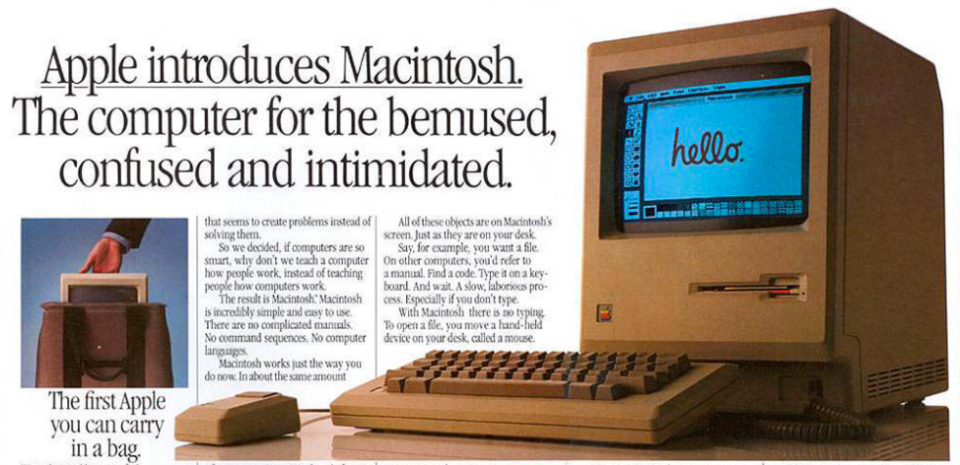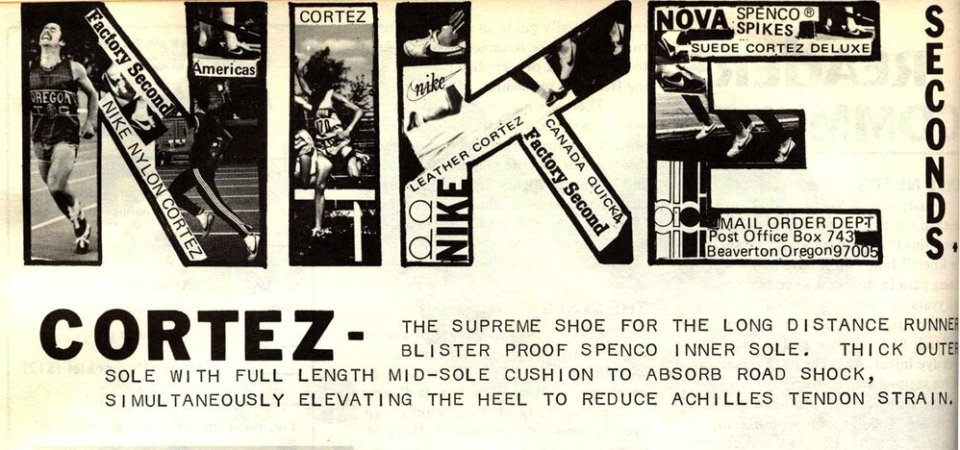We talk a lot about how filmmaking is the art of blending art forms, a business of bringing different skills together. So when Dipti Kachru talked about how marketing is a blend of art, science, and business when she joined Josh on Marketing Conversations, it felt like we were in familiar territory.
Different disciplines and mindsets inform and strengthen each other in surprising ways. Bringing the viewpoints and strengths of other types of work to bear on a project can only strengthen it. Passions and skillsets never go to waste.
In the case of marketing, the goal is a business goal, to drive sales. Data science tactics are used to measure and advise the work. And the tools are creative. It’s a strange marriage of spheres that’s been around long enough that we take it for granted.
But just because we’re used to it doesn’t mean we’re automatically good at it. It’s worth peeling back the layers of two of the brands we know best to see how a blend of business and art made them what they are.
Apple: How a Calligraphy Class Led to an Era-Defining Brand

After Steve Jobs dropped out of college, he stuck around campus to audit a unique class – calligraphy, taught by a trappist monk.
“Reed College at that time offered perhaps the best calligraphy instruction in the country,” Jobs said years later. “Throughout the campus every poster, every label on every drawer, was beautifully hand calligraphed…I learned about serif and sans serif typefaces, about varying the amount of space between different letter combinations, about what makes great typography great.” This education led Jobs to emphasize aesthetic design on all Apple products.
To this day, the design of Apple devices leads the way in form and function, but it’s hard to overstate how groundbreaking the typeface design of their early computers was. It created an aesthetic for their brand that’s led the way for decades.
Jobs and the others at Apple weren’t the only computer pioneers with technical knowledge. Some would argue they had less. But their branding was inspired by an art, and that set them apart.
Nike: How Running Shoes Became Fashion

When track coach Bill Bowerman used a waffle iron (yes, a waffle iron) to manufacture a superior running shoe, it was mostly science, and it was good business, in a sense, because they worked. But Bowerman’s partner, Phil Knight, brought the art.
Before the Nike Cortez debuted in 1972 (cleverly coinciding with the 1972 Olympics), athletic shoes were purely functional. They weren’t something to take pride in. They weren’t a fashion statement, and they certainly weren’t a collector’s item. Nike changed that.
Phil Knight stated much later that he wasn’t in the shoe business, he was in the entertainment business. From their very first shoe, Nike embraced this philosophy, by blending the art of fashion design with the science of ergonomic shoe construction. The Cortez was the first shoe to feature the now-iconic Nike “swoosh,” and its shape and colors made an instant splash in a world of look-alike canvas shoes.
It was an instant must-have item, and along the way transformed sneakers into legitimate fashion.
Aesthetic design has always been key to Nike’s brand, and that started with the initial decision to allow the art of fashion to play an equal part in their first shoe.
What’s Your Calligraphy? What’s Your Waffle Iron?
Blending skills together is good business. An artistic eye, a talent for innovation, a mind for data, are all necessary to make something that matters.
And that usually takes the form of blending your team’s passions. It doesn’t have to be calligraphy. It just has to incorporate creativity and science into your business.
